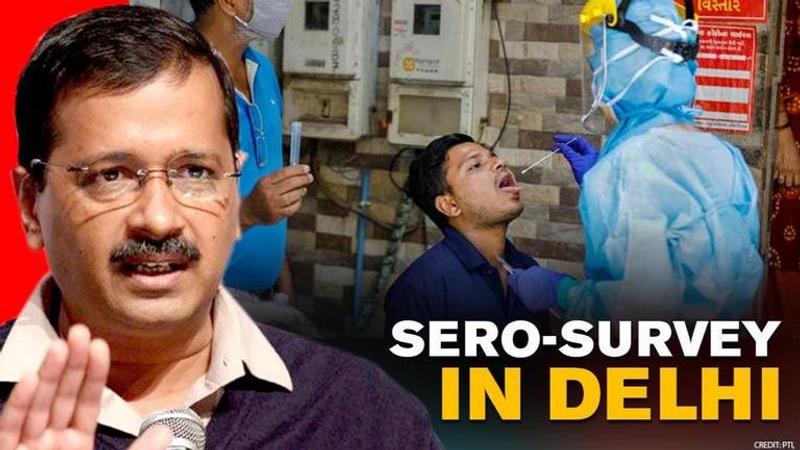Published 17:06 IST, June 22nd 2020
NCDC to conduct sero-survey in all 11 districts of Delhi; 20,000 households to be tracked
In the view of the spiking Coronavirus numbers, the National Centre for Disease Control (NCDC) has decided to conduct a sero-surveillance in Delhi

In the view of the spiking Coronavirus numbers in the national capital, the National Centre for Disease Control (NCDC) has decided to conduct a sero-surveillance study in all 11 districts of Delhi starting from this week. This comes shortly after a central government panel constituted on the directions of the Union Home Minister Amit Shah recommended a complete sero-surveillance in the city ahead of the scare of rising infection numbers. The survey is said to cover about 20,000 households in the capital selected on a random basis including residents who are below 18 years of age.
"It is a population proportion based sero-survey which we are going to start by Thursday or Friday. The result of the sero-survey will let us know how much of the Delhi population has been exposed to the virus and whether they have developed immunity against COVID19," a senior government official told news agency ANI.
"ICMR's sero-survey already reported 9-10 per cent of the prevalence of coronavirus in the South-East district where COVID-19 cases were in large numbers. The survey in 11 districts of Delhi includes -- South-East, Central, North, South, North-East, West, Shahdara, East, New Delhi, North-West, South-West -- have containment zones and positive COVID-19 cases," added the official.
Delhi has witnessed about 59,746 cases of COVID19 to date and has recorded 2,175 deaths. It is expected that the cases in the national capital will grow exponentially over the next month and will cross 5.5 lakh by the end of July.
What is a sero-survey for COVID-19?
The ministry explained that a 'sero-survey' involves testing of blood serum of a group of individuals to monitor trends of novel coronavirus or SARS-COV-2 infection at the district level. The surveillance unit will consist of 10 health facilities (including 6 public and 4 private) from each district. Among the low-risk population, outpatient attendees (non-ILI patients) and pregnant women will be tested while among the high-risk population healthcare workers will be surveyed. The agencies will also replace RT-PCR based testing for surveillance purposes with ELISA-based testing subsequently.
(With Agency Inputs)
Updated 17:06 IST, June 22nd 2020




